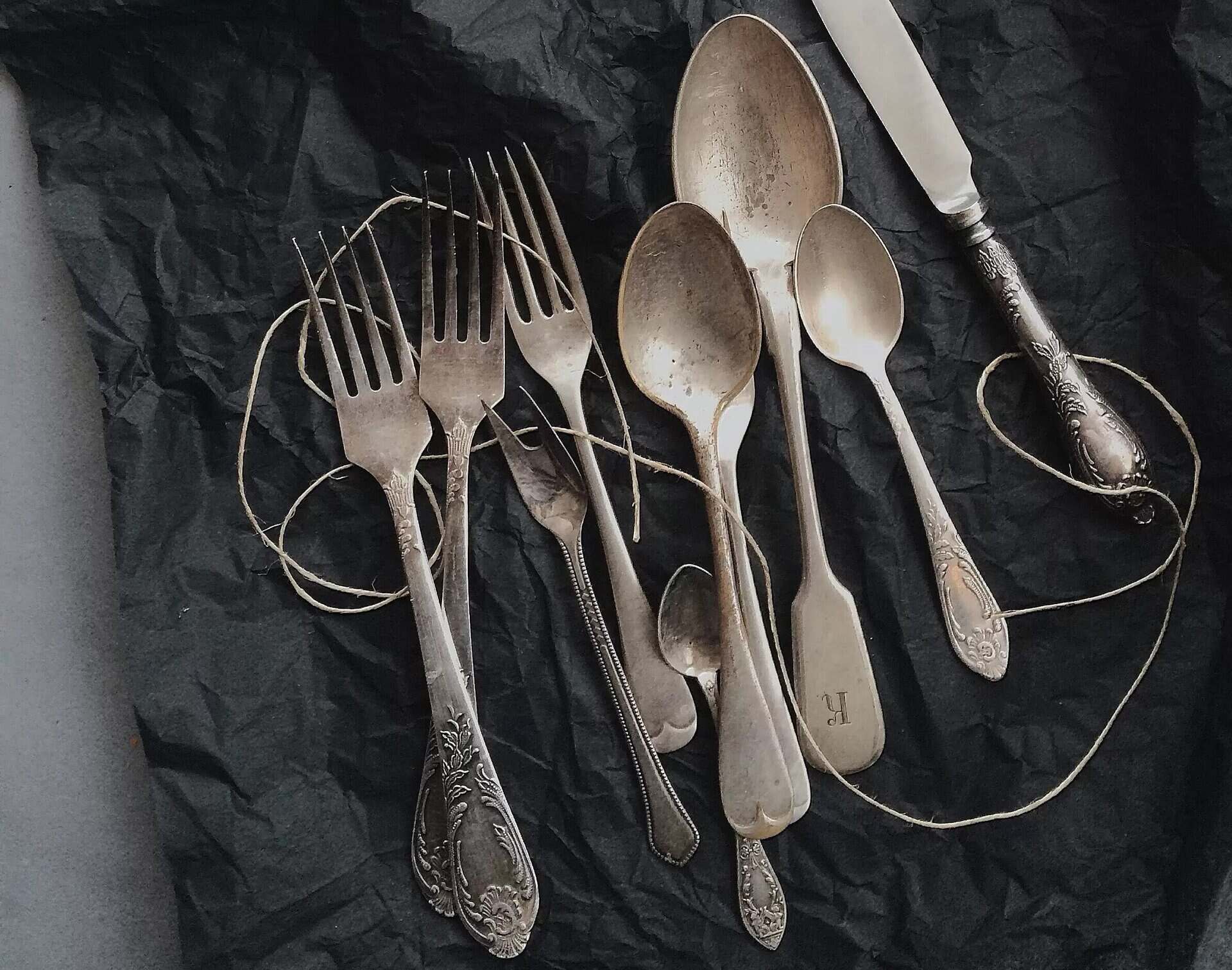

Tableware
How To Dispose Of Old Cutlery
Modified: December 7, 2023
Learn the best ways to dispose of old tableware and cutlery responsibly and sustainably. Find out how to recycle or repurpose your unwanted kitchen utensils.
(Many of the links in this article redirect to a specific reviewed product. Your purchase of these products through affiliate links helps to generate commission for Storables.com, at no extra cost. Learn more)
Introduction
When it comes to tableware, cutlery plays an essential role in our dining experiences. From stainless steel forks and spoons to elegant silverware and delicate bone china knives, cutlery comes in various types, designs, and materials. Over time, you may find yourself accumulating old cutlery that is no longer in use or has lost its charm.
Instead of letting these old utensils gather dust in your kitchen drawers, it’s important to consider eco-friendly ways to dispose of them. Properly getting rid of old cutlery not only helps reduce waste but also allows for sustainable practices and potentially adds value for others who may benefit from your unwanted items.
In this article, we will explore several methods you can utilize to dispose of your old cutlery responsibly. Whether it’s donating, recycling, repurposing, or seeking local programs, there are options available to ensure your old cutlery finds a new purpose.
Key Takeaways:
- Don’t let old cutlery gather dust! Assess, donate, recycle, or repurpose to reduce waste and promote sustainability. Your choices make a positive impact on the environment.
- Give old cutlery a new purpose! Donate, sell, recycle, or upcycle to benefit others and contribute to a greener, cleaner, and more sustainable world.
Read more: How To Dispose Of An Old Bathtub
Step 1: Assess the Condition of the Cutlery
The first step in disposing of old cutlery is to assess its condition. Take a close look at each piece to determine whether it can still be used or if it is beyond repair. If the cutlery is in good condition, it may be a great candidate for donation or sale.
If you have vintage or collectible cutlery in good condition, consider selling it to collectors or antique shops. Online marketplaces and platforms specializing in the sale of vintage items can also be a great avenue to explore. Research the market value of your cutlery beforehand to ensure you are pricing it appropriately.
Alternatively, if your old cutlery is in good condition but no longer suits your personal taste, consider donating it. Many local charities, thrift stores, and community organizations gladly accept tableware donations. This allows you to help others while ensuring your cutlery gets a second life.
However, if the cutlery is damaged, broken, or severely worn out, it may not be suitable for donation or sale. In such cases, it’s best to explore recycling options to prevent them from ending up in a landfill.
Remember, assessing the condition of your cutlery is crucial in determining the most appropriate disposal method. It helps in making informed decisions, minimizing waste, and promoting sustainable practices.
Step 2: Donate or Sell Usable Cutlery
If your old cutlery is still in good condition and can be used by others, donating or selling it is a great option. Not only does this give your cutlery a chance at a second life, but it also benefits those who may not have access to quality tableware.
To donate usable cutlery, start by reaching out to local charities, homeless shelters, or community centers. These organizations often accept donations of kitchenware and utensils to support individuals and families in need. You can also consider donating to churches, school programs, or social service agencies that may be in need of cutlery for community events or charity drives.
Alternatively, if you prefer to sell your cutlery and potentially make some money from your unwanted items, there are several avenues to explore. Online marketplaces like eBay or Etsy allow you to set up listings and connect with potential buyers. Take clear pictures, provide detailed descriptions, and set a fair price for your cutlery to attract interested buyers.
Additionally, you may find local consignment stores or antique shops that are interested in purchasing your gently used or vintage cutlery. Do some research and reach out to these establishments to gauge their interest and see if they are willing to buy your items.
By donating or selling your usable cutlery, you not only reduce waste but also contribute to a more sustainable and socially responsible approach to handling unwanted items. Your generosity or entrepreneurial spirit can make a difference in someone else’s life while ensuring your cutlery finds a new home.
Step 3: Recycle Metal Cutlery
If your old cutlery is made of metal, such as stainless steel or aluminum, recycling is an excellent option. Recycling metals helps conserve natural resources and reduces the need for energy-intensive production processes.
Before recycling, it’s important to check with your local recycling facility or municipality to understand their guidelines for recycling metal cutlery. Some communities may have specific instructions or collection points for metal utensils.
If your local recycling program accepts metal cutlery, ensure that the pieces are clean and free of any food residue. Rinse the cutlery thoroughly with soap and water, and if necessary, scrub them gently to remove any stubborn stains or grime. This ensures that the recycling process is more efficient and hygienic.
Once the cutlery is clean, separate any plastic or wooden handles from the metal components. Some recycling facilities may require you to recycle the metal parts separately from other materials. Check if your local facility accepts mixed materials or if they have separate collection bins for different types of recyclables.
In case your local recycling program does not accept metal cutlery, consider reaching out to scrap metal dealers in your area. These dealers specialize in buying and recycling various metal items, including cutlery. They can provide you with information on their acceptance criteria, pricing, and drop-off or collection options.
Remember, recycling metal cutlery not only helps reduce waste but also contributes to the circular economy. By giving your old cutlery a new life, you are promoting sustainability and responsible resource management.
Consider donating old cutlery to a local charity or thrift store. If it’s no longer usable, check with your local recycling center to see if they accept metal cutlery for recycling.
Step 4: Repurpose or Upcycle Cutlery
If you’re feeling creative, repurposing or upcycling your old cutlery is a fun and eco-friendly way to give them a new purpose. By transforming your cutlery into unique and functional items, you can add a touch of creativity to your home or even create personalized gifts for friends and family.
There are numerous repurposing ideas for cutlery. For example, you can bend spoons to create decorative hooks or handles for kitchen utensils. Forks can be turned into stylish napkin rings or jewelry holders. Knives can be repurposed as garden markers or cheese spreaders.
To get started, gather your old cutlery along with basic tools like pliers, hammers, and drills. Make sure to wear protective gloves and eyewear when working with metal cutlery to keep yourself safe.
Look for DIY projects online or in crafting books that provide step-by-step instructions and design inspiration. You can also join online communities or forums to connect with like-minded individuals who enjoy repurposing cutlery and share ideas.
If you’re not into DIY projects, consider donating your old cutlery to artists or local artisans who specialize in upcycling and creating unique pieces. They can use the materials to craft stunning artworks, home decor items, or jewelry.
Repurposing or upcycling your cutlery not only adds a touch of uniqueness and personalization to your surroundings but also reduces waste by giving old items a new life. It’s a great way to exercise your creativity and contribute to a more sustainable lifestyle.
Read more: How To Dispose Of Old Glassware
Step 5: Properly Dispose of Non-Recyclable Cutlery
For cutlery that cannot be recycled or repurposed, it’s important to ensure they are properly disposed of to minimize their impact on the environment. Non-recyclable cutlery typically includes items made of plastic, wood, or other materials that cannot be easily recycled.
One option for disposing of non-recyclable cutlery is to check if your local waste management facility accepts them as general waste. However, it’s crucial to confirm this with your local municipality, as some areas may have specific guidelines or restrictions for certain types of waste.
Another option is to consider composting if the cutlery is made from biodegradable materials like bamboo or wooden utensils. Check if your community composting facilities accept such items, or consider composting them in your own backyard if you have a compost bin or pile.
If your non-recyclable cutlery is made of plastic, consider researching recycling programs or drop-off locations that specifically handle plastic waste, such as plastic utensils. Some organizations or eco-focused companies might run recycling initiatives for hard-to-recycle plastics.
When disposing of non-recyclable cutlery, it’s important to avoid throwing them in regular waste bins that end up in landfills. Landfills contribute to environmental pollution and take up valuable space. By exploring alternative disposal methods, you can contribute to waste reduction and environmental conservation.
Remember, the proper disposal of non-recyclable cutlery plays a significant role in minimizing the environmental impact. Take the extra step to ensure your cutlery is handled responsibly to protect the planet for future generations.
Step 6: Seek Local Recycling Programs and Facilities
When it comes to disposing of tableware and cutlery, it’s essential to take advantage of local recycling programs and facilities. These resources are designed to handle various types of waste and ensure that materials are recycled properly, reducing the overall environmental impact.
Start by researching recycling programs specific to your area. Check with your local municipality or waste management department to find out what recycling options are available for cutlery. They can provide you with information on drop-off locations, collection schedules, and guidelines for preparing the cutlery for recycling.
In some cases, there may be specialized recycling facilities that accept specific types of cutlery materials. For example, some companies focus on recycling plastic utensils, while others may specialize in metal cutlery recycling. Look for such facilities in your region and inquire about their acceptance criteria and collection procedures.
If you’re unsure about local recycling options, consider reaching out to environmental organizations or recycling advocacy groups in your area. They are often well-informed about recycling initiatives and can provide guidance on how to responsibly dispose of your old cutlery.
Additionally, keep an eye out for community recycling events or programs that periodically take place in your area. These events may offer special collection points or designated times for dropping off specific types of waste, including cutlery. Participating in these events ensures your cutlery is recycled in an organized and efficient manner.
By actively seeking local recycling programs and facilities, you can maximize the chances of your old cutlery being recycled and contribute to the broader recycling efforts in your community. Supporting these initiatives helps create a more sustainable future and protects the environment for generations to come.
Conclusion
Disposing of old cutlery doesn’t have to be a daunting task. By following these steps, you can responsibly manage your unwanted utensils while promoting sustainability and reducing waste.
First, assess the condition of your cutlery. Determine if it’s suitable for donation or sale, recycling, repurposing, or if it needs to be properly disposed of.
Usable cutlery can find a new home through donation or selling, benefiting individuals or organizations in need. Recycling metal cutlery ensures the conservation of resources and reduces the need for new production.
For those who enjoy DIY projects, repurposing or upcycling old cutlery can add a creative touch to your home or make unique gifts. Properly disposing of non-recyclable cutlery is crucial to minimize environmental impact, whether through general waste disposal or composting if they are biodegradable.
Lastly, seeking local recycling programs and facilities is essential. Recycling initiatives in your community can efficiently handle different types of cutlery materials and contribute to a more sustainable future.
Remember, the choices you make when disposing of old cutlery have a significant impact on the environment. By opting for eco-friendly methods like recycling, repurposing, or donating, you can make a positive difference and encourage others to do the same.
So, the next time you come across old cutlery, put these steps into action and contribute to a greener, cleaner, and more sustainable world.
Frequently Asked Questions about How To Dispose Of Old Cutlery
Was this page helpful?
At Storables.com, we guarantee accurate and reliable information. Our content, validated by Expert Board Contributors, is crafted following stringent Editorial Policies. We're committed to providing you with well-researched, expert-backed insights for all your informational needs.
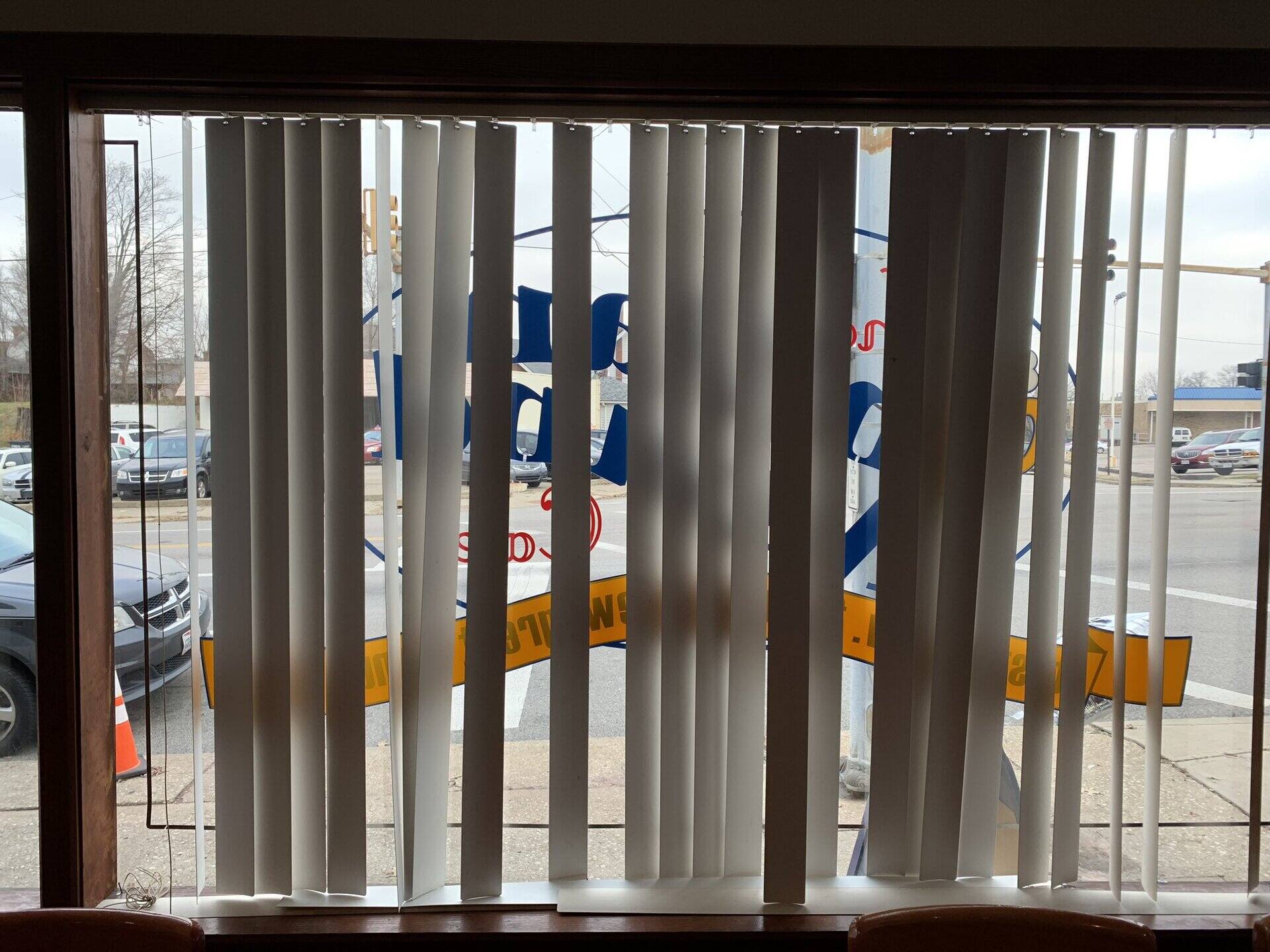
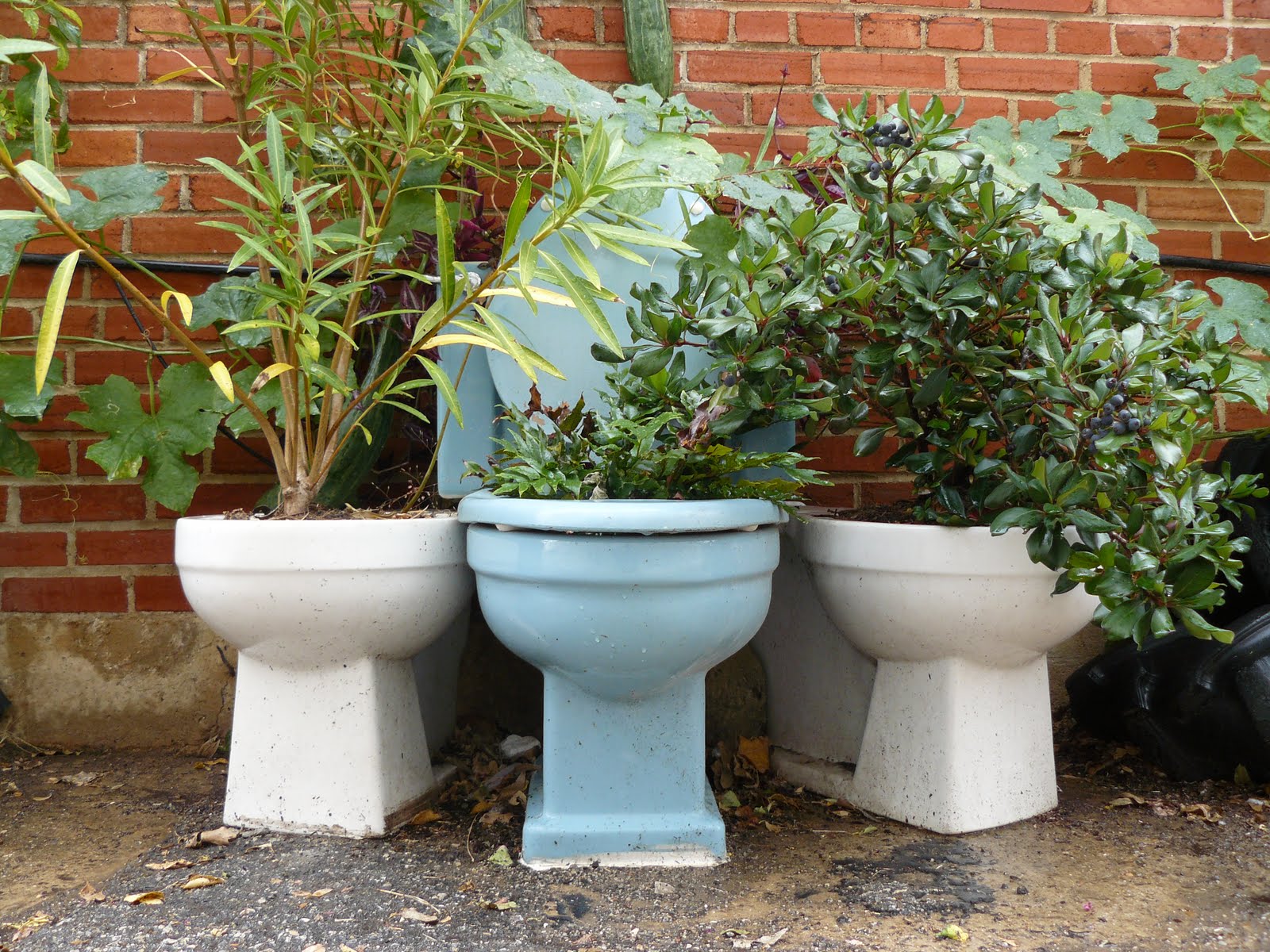
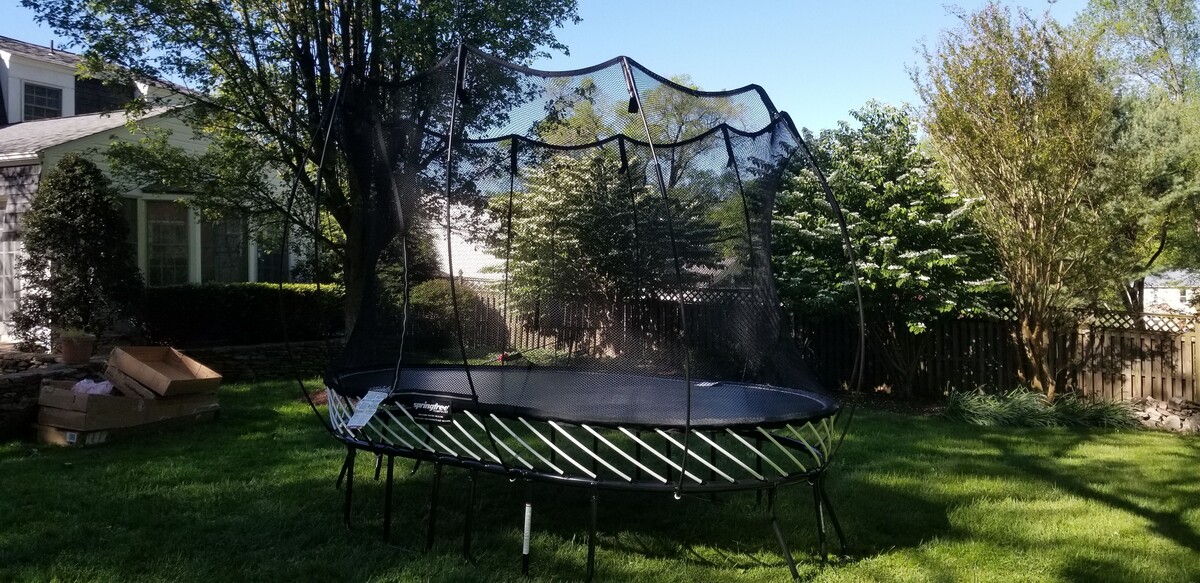
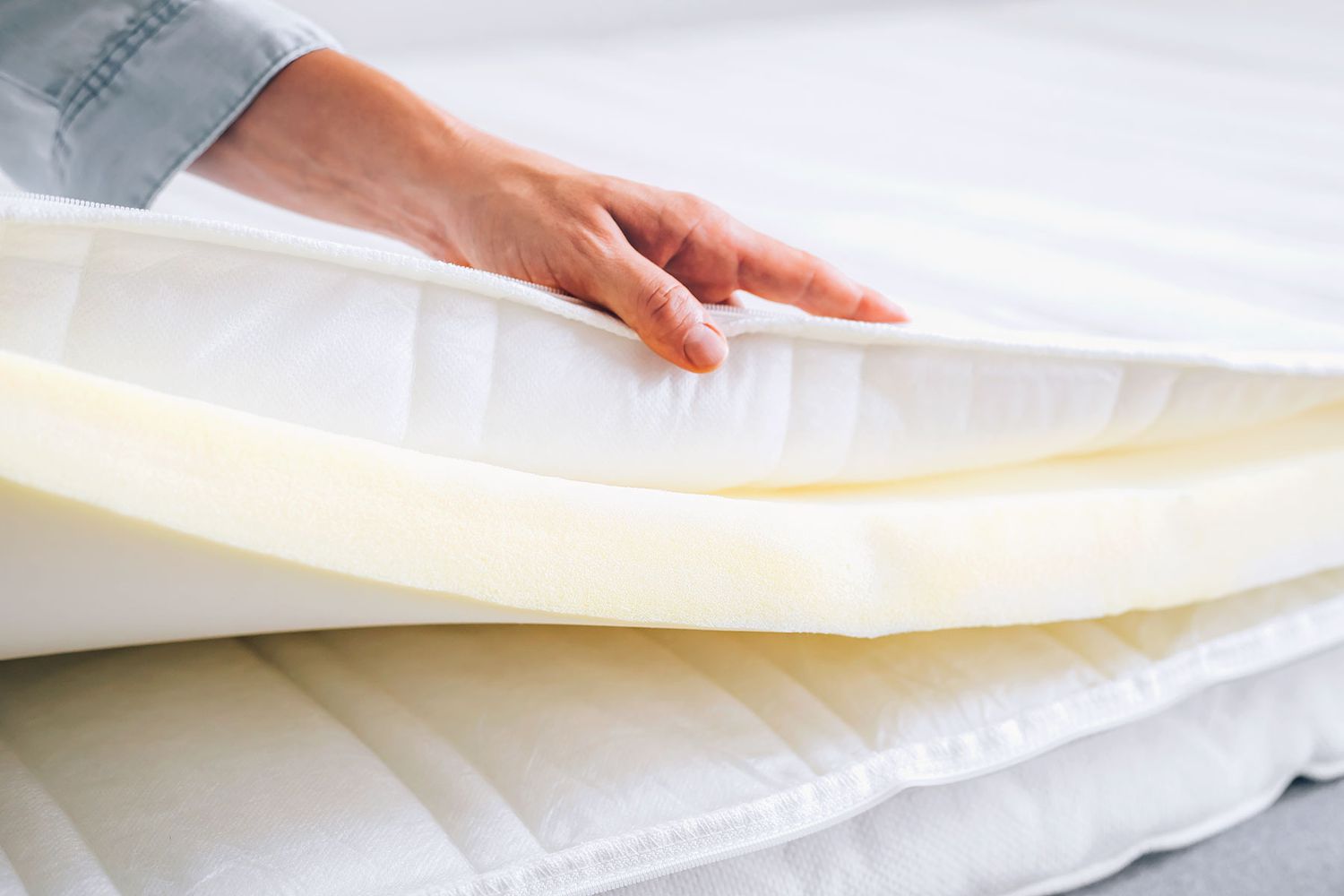
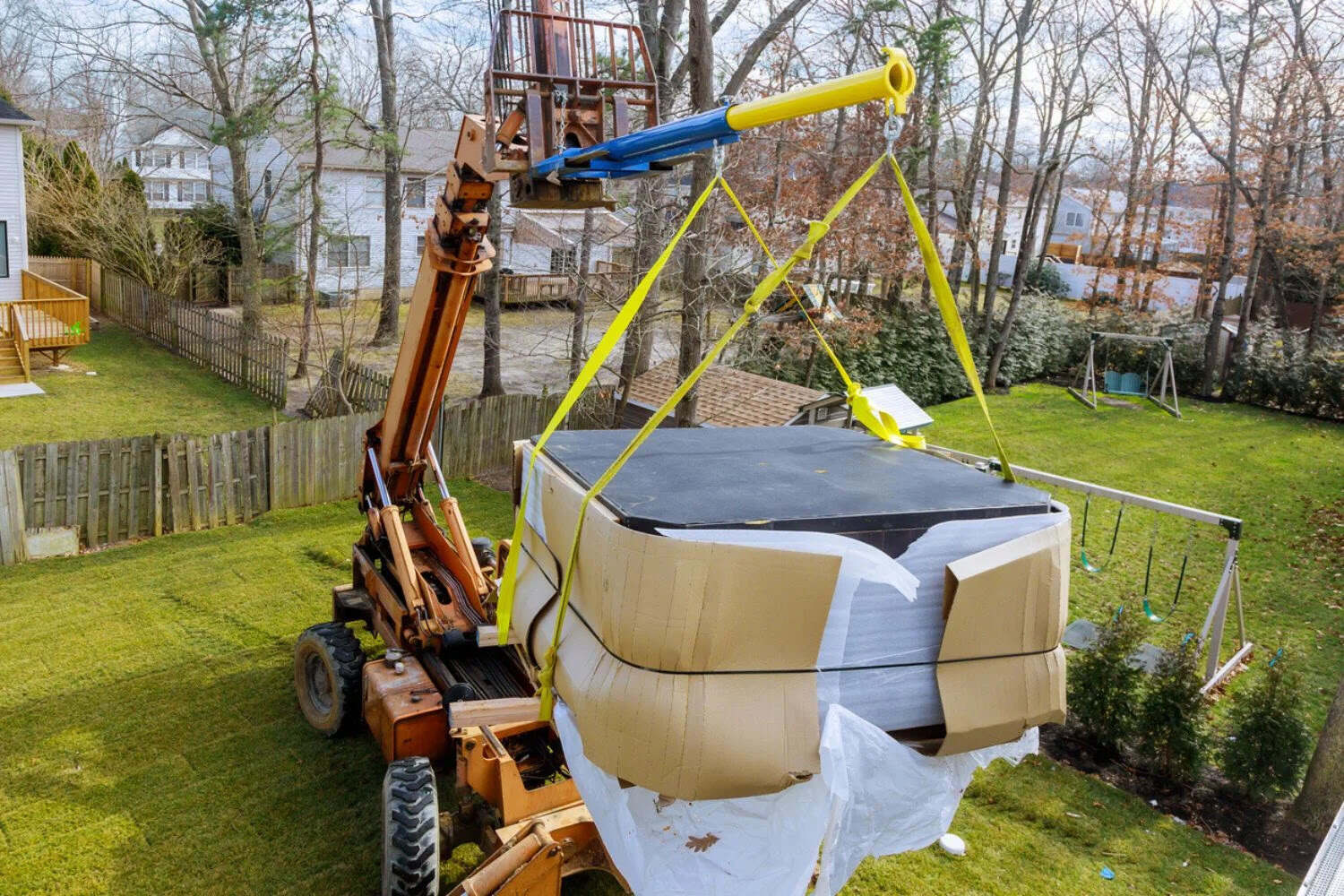
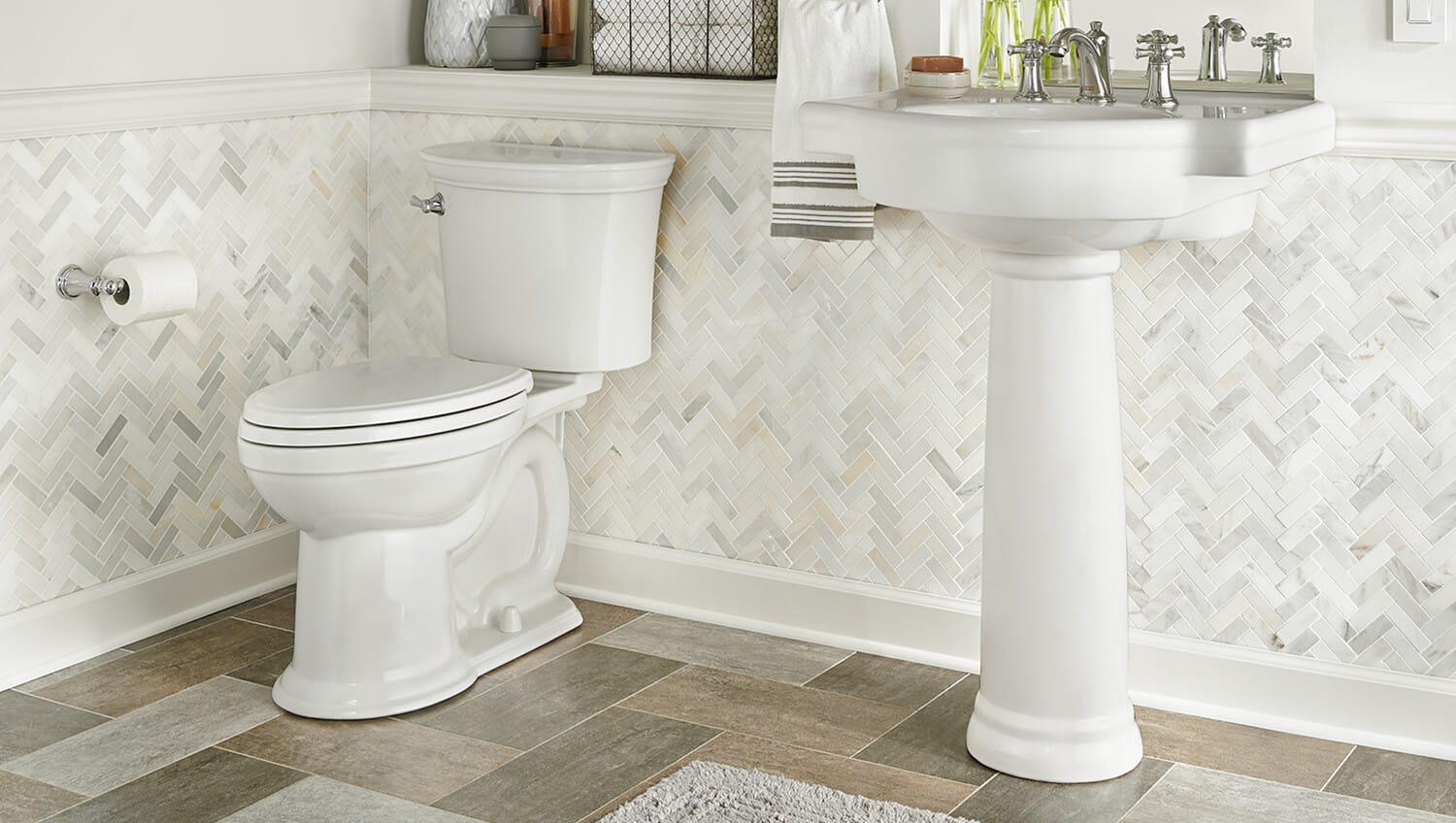
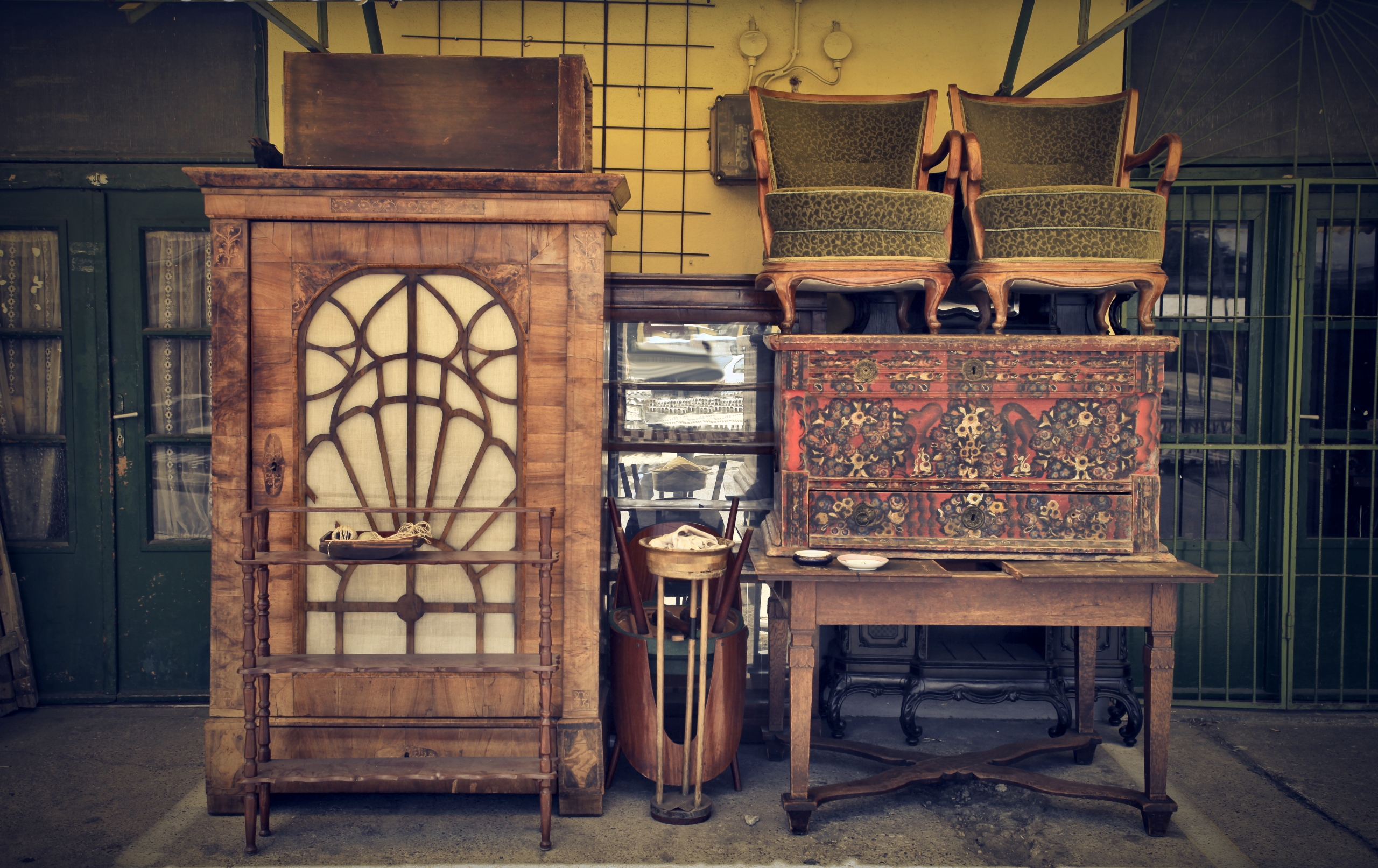

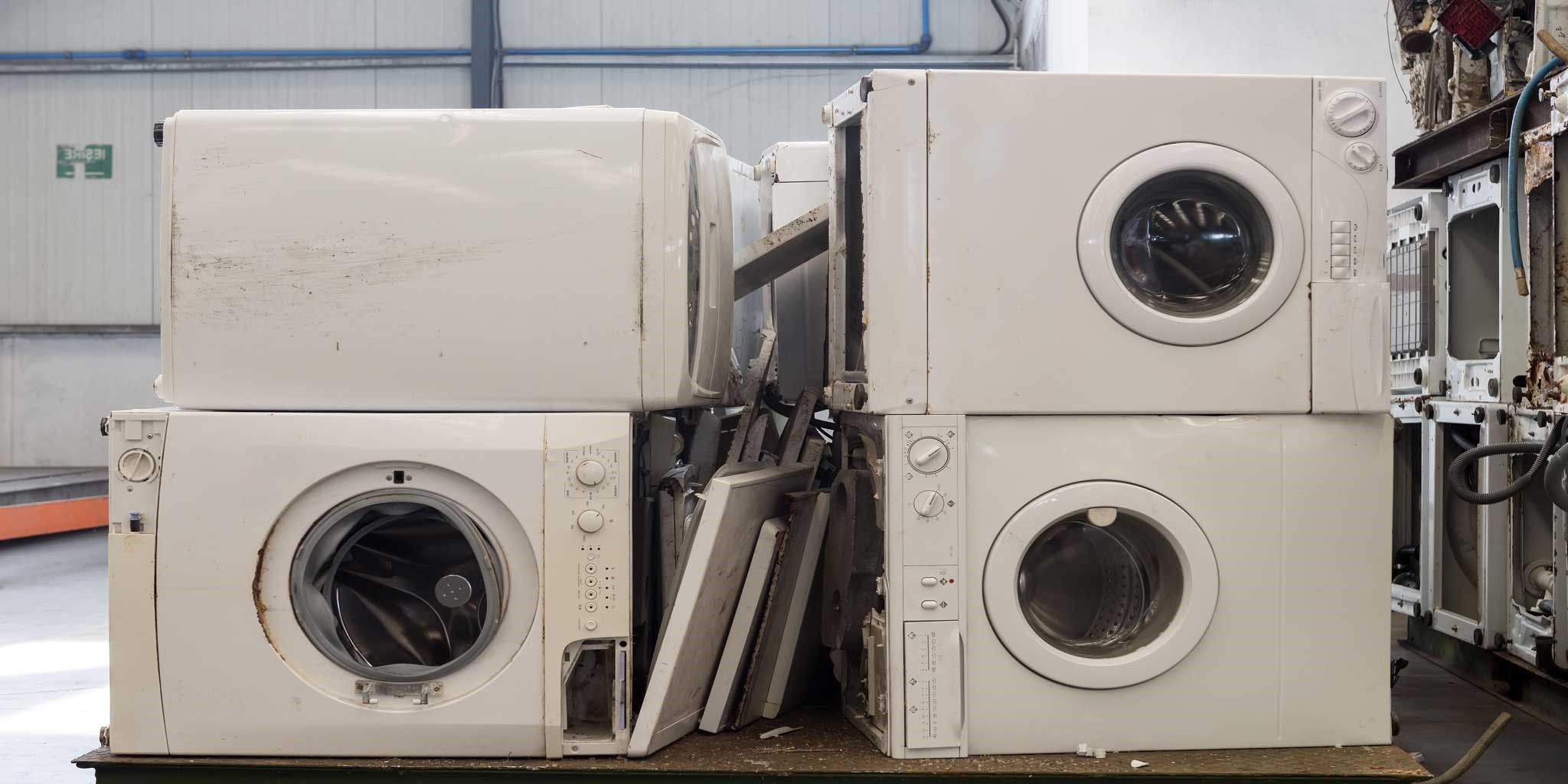
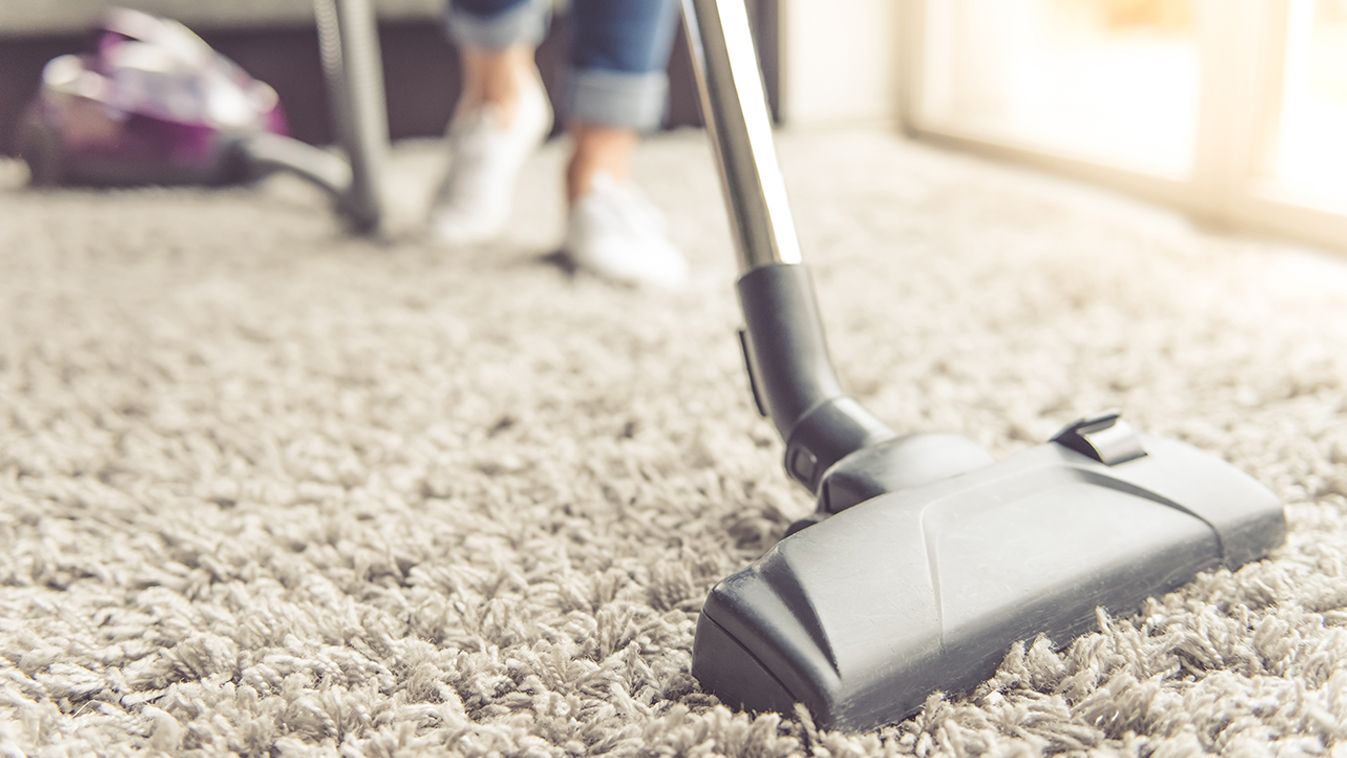
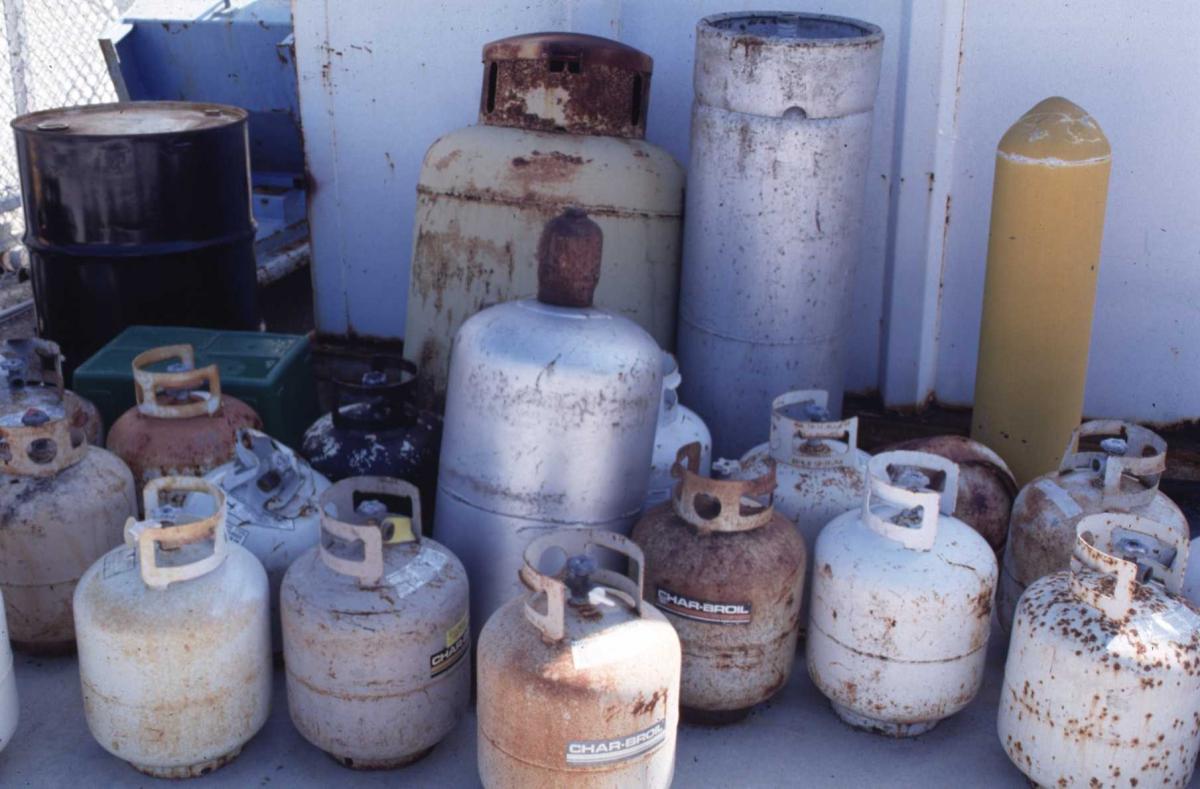
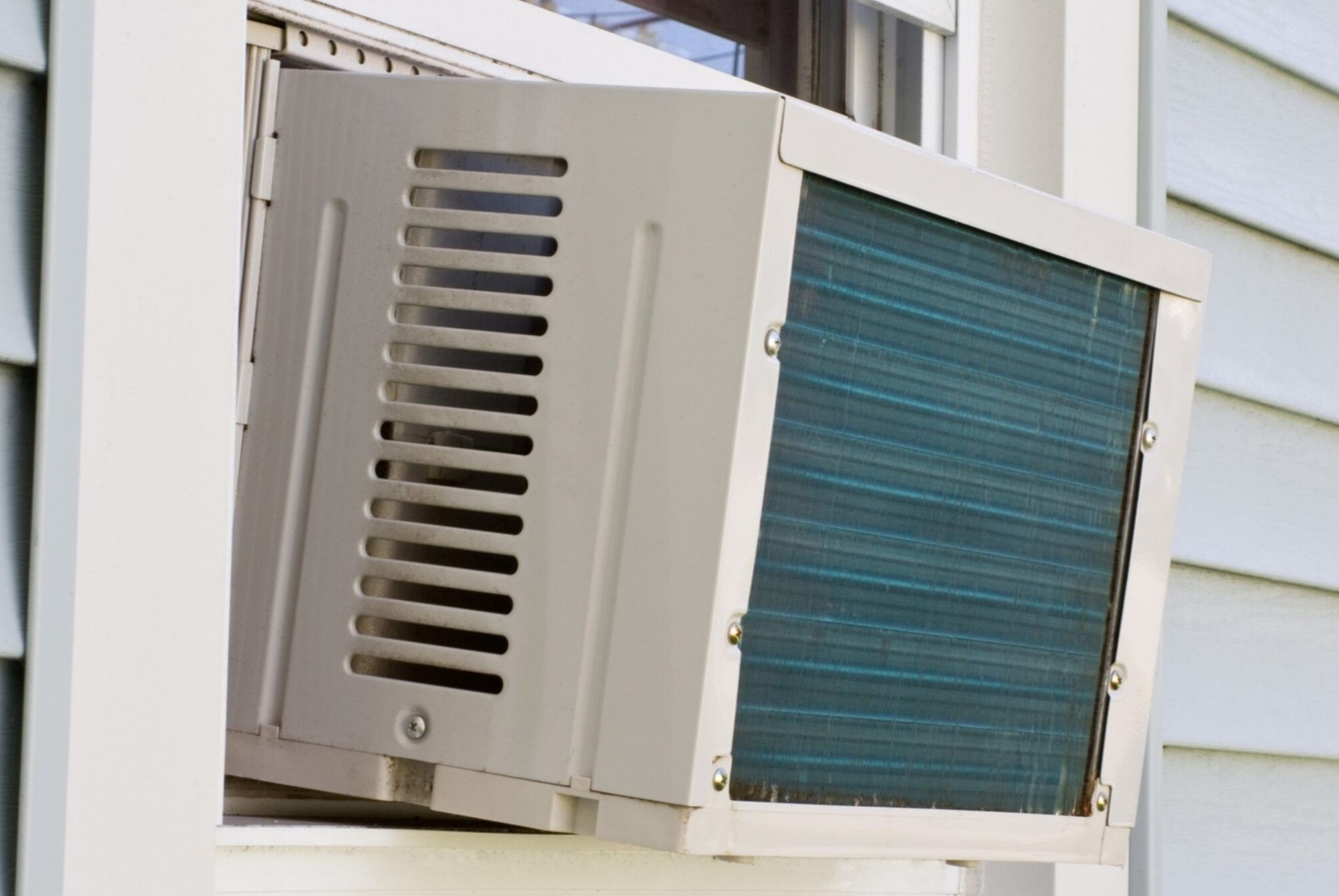
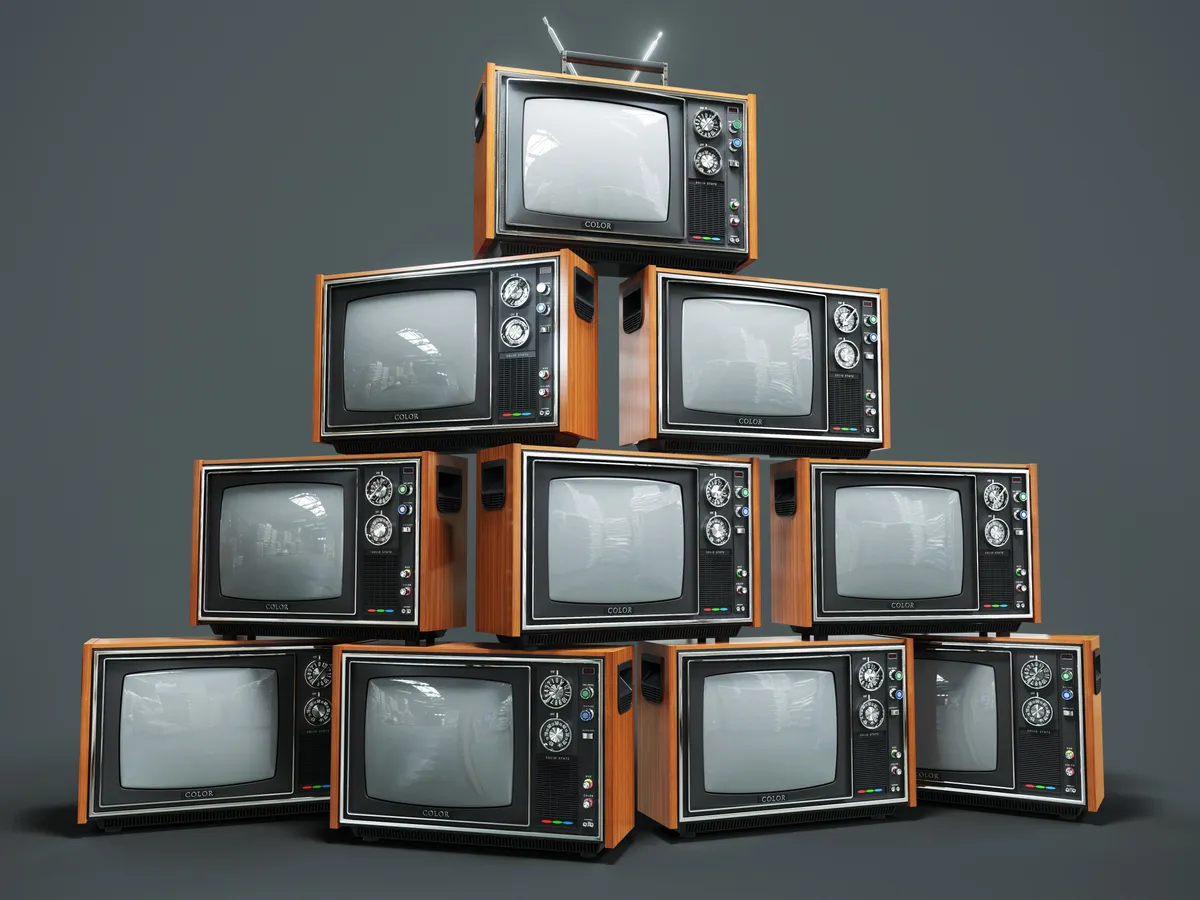
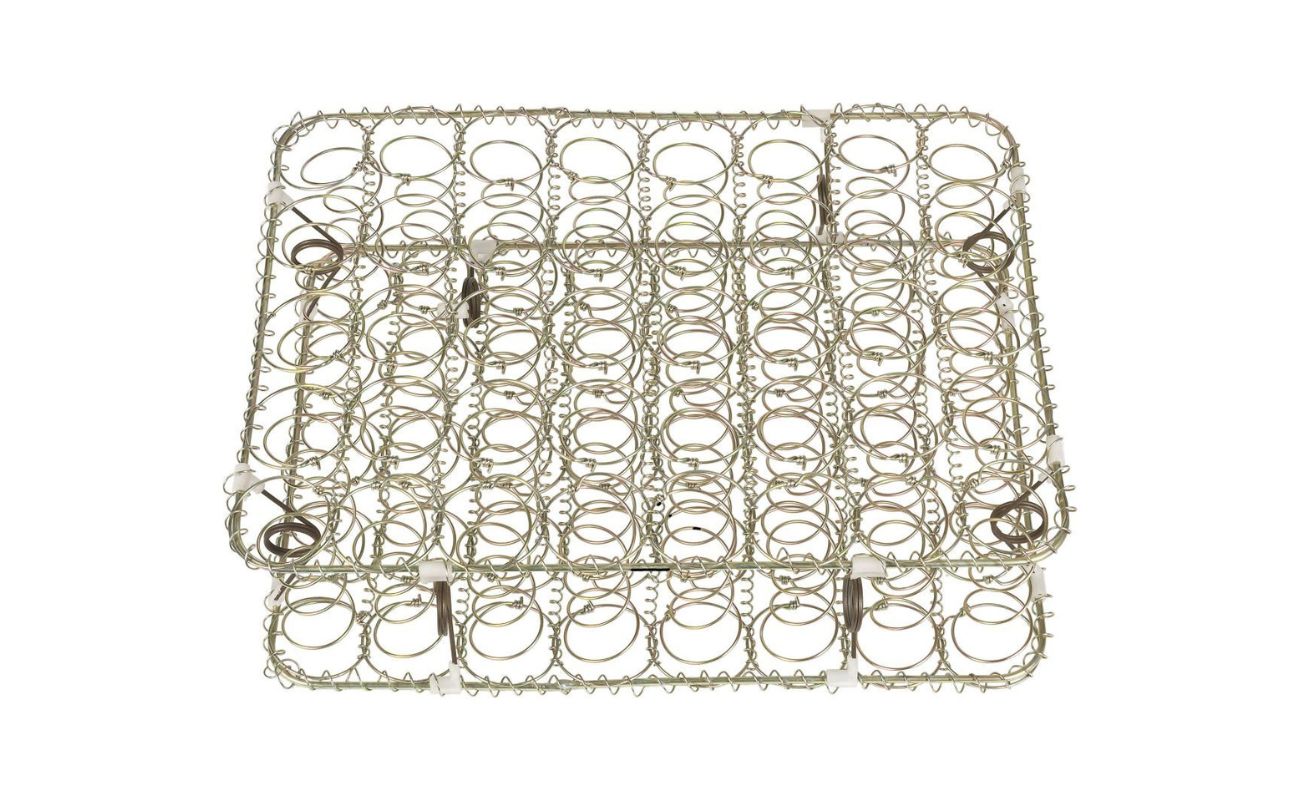

0 thoughts on “How To Dispose Of Old Cutlery”